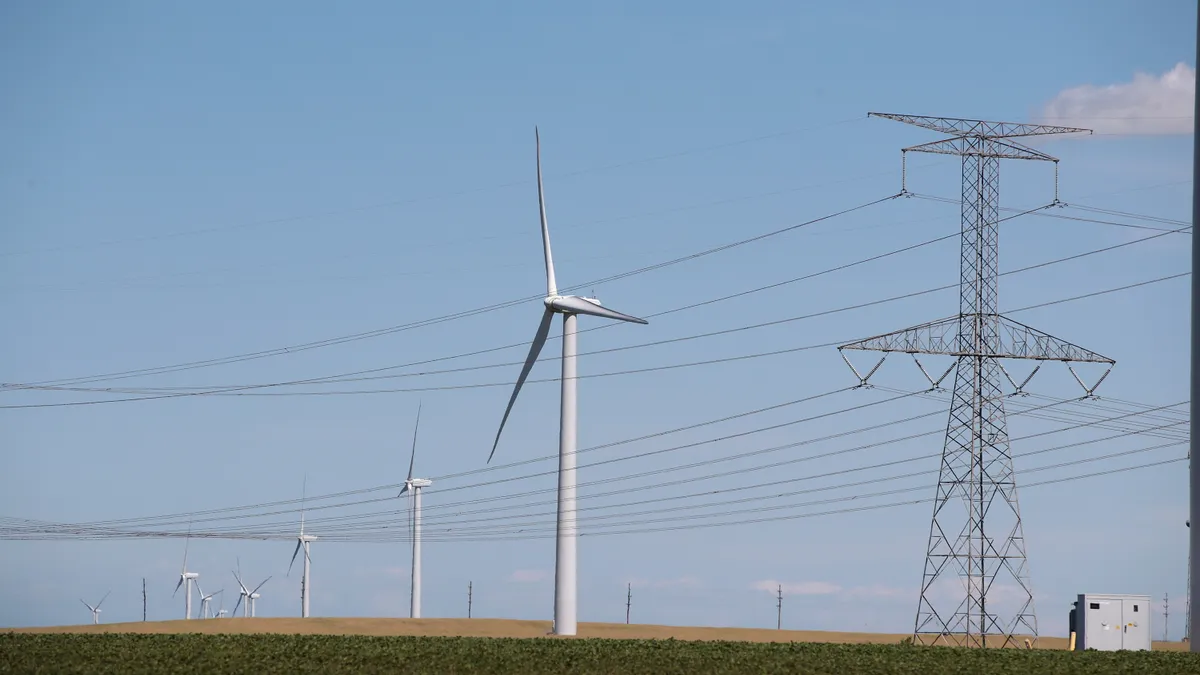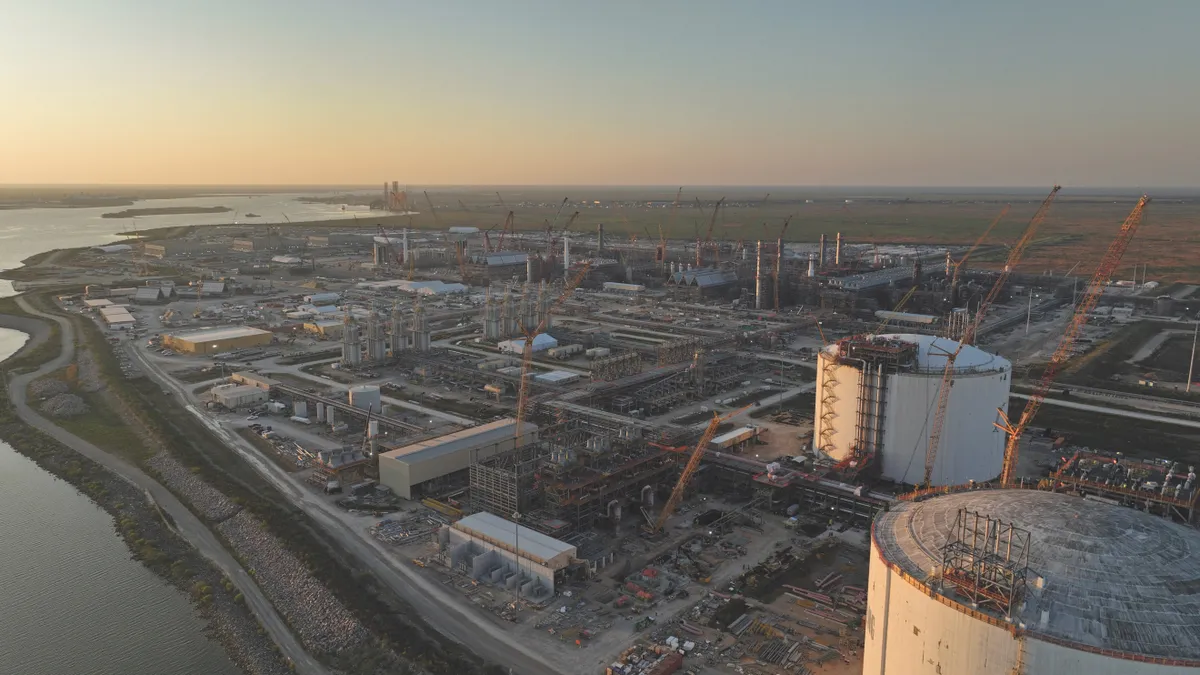The following is a contributed article by Ryan P. Martin, principal at LDR Advisory Partners, and Jan Maceczek, associate at LDR Advisory Partners
With the Infrastructure Investment and Jobs Act on the verge of being signed into law after a turbulent journey through Congress, the prospect of unprecedented investment in our nation's infrastructure becomes all the more tangible.
While far from the panacea that would be required to address increasingly critical infrastructure challenges, the bill — in its latest form — allocates over $70 billion for modernizing the nation's electricity grid so that it can carry more renewable energy, marking the single largest federal investment in power transmission in history. With grid resiliency in the spotlight after events like this year's power crisis, the spotlight remains on utilities and energy providers to prudently invest the federal injection to ensure that an event of this caliber (or worse) never happens again.
Utility companies and their oversight bodies have acknowledged a general lack of readiness for such adverse weather events and state lawmakers continue to debate how to improve the grid after February's storm nearly caused its collapse. Regaining the public's trust requires a closer look into power generation resilience and energy source diversification, but also a broader trend: environmental, social, and governance (ESG) is a necessary core business function for utilities.
ESG refers to how a company manages its non-financial risks and maximizes its involvement in each of those three dimensions. It is a holistic approach for creating social good, improving customer experiences, establishing industry leadership, and driving shareholder value. Today, customers are increasingly purpose-driven, and this desire for social impact translates to their buying habits.
Historically, ESG factors represented a wide spectrum of issues not part of traditional financial analyses yet may impact the bottom line; however, recent trends suggest otherwise. ESG factors are increasingly relevant to core business functions. Companies with higher ESG ratings are proving that, in many cases, they are better equipped to weather the storm (pun intended). In light of the crisis, it is apparent that utilities have a responsibility to invest in ESG activities to not only better the communities they serve, but also to protect their core business and long-term growth.
Even before the power crisis, markets had already begun to favor companies that demonstrated ESG leadership. NextEra Energy and the AES Corporation, for instance, have acted on high-profile ESG commitments which tie into their respective financial strengths. Both companies have outpaced the utility industry's growth over the last two years.
With climate change adding new challenges in the form of both extreme heat and polar vortex events, severe weather puts new strains on utility infrastructure. Once seen as “nice to have" for utilities, investing in ESG is a necessity, and making it a core business improves customer experiences, establish industry leadership, and drives growth for shareholders. Some utility leaders are already channeling ESG and commercial innovation investments into renewable energy, smart grids, electric vehicle commercialization, community & customer engagement, and workforce development initiatives. Each of these areas represent examples of what is considered essential in creating successful and well-received ESG and commercial innovation strategies.
Conversely, public relations mishaps can be devastating for utilities and perceived as ESG failures characterized by a company's lack of readiness for environmental, social and governance events that adversely impact the core business. This was seen with PG&E in the California wildfire crisis and has again shaped up for utilities unable to sufficiently respond to the power crisis. The integration of ESG as a core business function should accordingly serve as a framework for preventing such public relations failures.
The grid vulnerabilities exposed by the crisis have further given The Biden Administration's vision for clean infrastructure investment, namely "better transmission systems and battery storage that would make the system more resilient amid extreme weather spurred by climate change." By tailoring ESG strategies to the issues that are most critical to the communities they serve, utilities can create high-impact, positive change for communities while protecting their core business interests.
The rapidly changing nature of ESG has resulted in fragmented definitions and metrics, challenging the ability to standardize and compare practices. This standardization challenge complicates the ability of not only utilities, but also commercial companies as a whole, to leverage ESG to satisfy its corporate and community interests. While several standardized rankings have emerged in this process, each utilizes different inputs and scales to rate ESG performance.
Without a single standard that can be used to compare the ESG practices of companies, there is no clear understanding of which approach is most credible and effective. In this sense, ESG should be seen as a north star for companies as they strive to improve themselves and the communities they serve. With a long-term focus, ESG implementation could take the form of workforce development, transportation electrification preparedness, or carbon offsetting. Since there is no single standard for defining, measuring and implementing ESG for now, every company has the opportunity to pave its own future with this corporate responsibility principle as a north star.
In light of a growing power crisis and the call to improve the nation's grid and infrastructure, utilities have the opportunity to build trust among both customers and shareholders while advancing one of the nation's priorities. On the flip side, those that wait to act until there is a clear glidepath for ESG are at best missing value-generating opportunities and at worst positioning themselves for disruption. Along the way, we will need to answer the complex questions of how we standardize and measure ESG, as well as how we can link the financial value of such practices in consideration of them as core business practices.





















